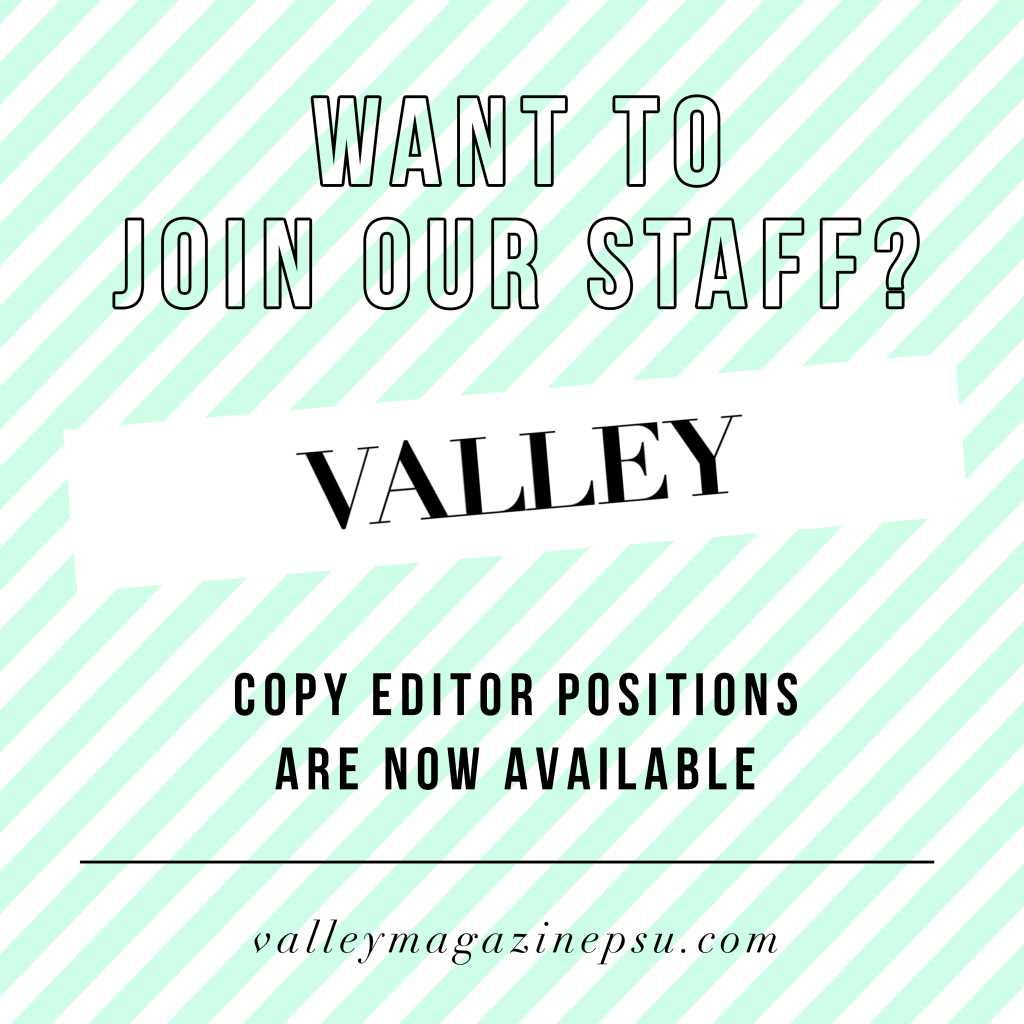Fast fashion is not just an industry—it’s an empire built on exploitation, environmental devastation and the illusion of affordability. Beginning in the 1970s, fast fashion took off as greedy retailers realized they could cut costs drastically. They outsourced labor to countries where workers had no choice but to accept poverty wages and inhumane conditions. This isn’t innovation but corporate greed at its finest, fueled by consumer complacency and the relentless pursuit of trends that die in weeks.
Environmental Devastation
Fast fashion is an environmental catastrophe. Surpassing even the aviation industry, it’s responsible for nearly 10% of global carbon emissions. A single pair of jeans takes 2,000 gallons of water to produce while textile dyeing pollutes waterways with its toxic sludge and microplastics. Meanwhile, the synthetic fabrics used in fast fashion shed microfibers into the ocean, further polluting the water and making their way into the food we eat.
Every stitch of the industry is woven with environmental destruction and relies on our knowing and acting on that to dismantle it.

Millions of tons of cheaply made and disposable clothing end up in landfills each year. These garments, often made from non-biodegradable fabrics, sit for centuries as they leach chemicals into the soil. When they’re not clogging up landfills, they’re dumped in developing countries as they drown local markets in mountains of discarded Western fashion.
Ethical Abuses—And Crimes
Fast fashion isn’t just unethical—it’s criminal. Beyond paying starvation wages and forcing workers into unsafe conditions, some of the biggest brands have been linked to modern slavery and genocide. In 2021, companies like Zara, Uniqlo and Skechers were investigated for their ties to Uyghur forced labor in Xinjiang, China. By 2023, the EU identified 39 major European fashion brands as high-risk for using Uyghur labor.
This is not an accident, but a choice continually made to maximize profit at the expense of human lives.

The 2013 Rana Plaza collapse in Bangladesh killed over 1,100 garment workers and should have been a wake-up call. Instead, the cycle of abuse continues hidden behind glossy advertisements and influencer endorsements. Workers endure 14-hour shifts in sweltering and unsafe factories for wages that are unlivable for most. Every cheaply-made top and trendy dress comes at a human cost—one the industry is betting you’ll ignore.
The Aftermath: Where It All Ends Up
The rise of fast fashion has now even polluted secondhand markets. Thrift stores, once havens for quality and individuality, are now overrun with flimsy-mass-produced castoffs. These clothes were never meant to last and they don’t. Instead, they pile up unsold and unwanted before being dumped in developing nations where they choke local economies.
This isn’t just waste—it’s an epidemic of excess that only ends when we refuse to participate.

Stop Feeding the Machine
The power to stop this cycle is in your hands. Every dollar spent on fast fashion strengthens an industry that thrives on human suffering and environmental destruction. The alternative? Buy less. Choose quality over quantity. Support brands that value fair wages, sustainable materials and ethical labor.
Fast fashion exists because we let it. Stop buying into the lie that you need new clothes every season. Stop funding corporations that treat human lives as disposable. The industry won’t change unless we force it to. The question is—will you? Let us know @VALLEYmag on X.























